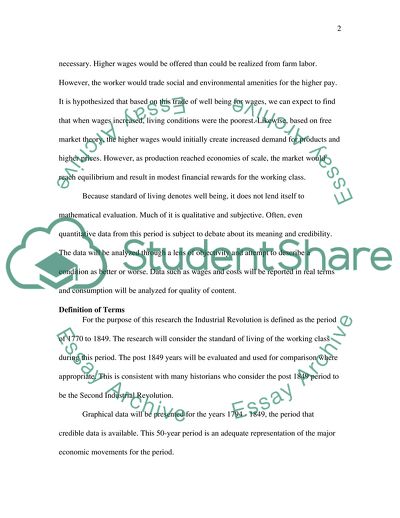Cite this document
(The Industrial Revolution: Burden of the Working Class Research Paper, n.d.)
The Industrial Revolution: Burden of the Working Class Research Paper. https://studentshare.org/history/1706959-did-the-standard-of-living-of-the-working-class-improve-during-the-industrical-revolution-in-britainthe-essay-should-be-argumentative
The Industrial Revolution: Burden of the Working Class Research Paper. https://studentshare.org/history/1706959-did-the-standard-of-living-of-the-working-class-improve-during-the-industrical-revolution-in-britainthe-essay-should-be-argumentative
(The Industrial Revolution: Burden of the Working Class Research Paper)
The Industrial Revolution: Burden of the Working Class Research Paper. https://studentshare.org/history/1706959-did-the-standard-of-living-of-the-working-class-improve-during-the-industrical-revolution-in-britainthe-essay-should-be-argumentative.
The Industrial Revolution: Burden of the Working Class Research Paper. https://studentshare.org/history/1706959-did-the-standard-of-living-of-the-working-class-improve-during-the-industrical-revolution-in-britainthe-essay-should-be-argumentative.
“The Industrial Revolution: Burden of the Working Class Research Paper”. https://studentshare.org/history/1706959-did-the-standard-of-living-of-the-working-class-improve-during-the-industrical-revolution-in-britainthe-essay-should-be-argumentative.


